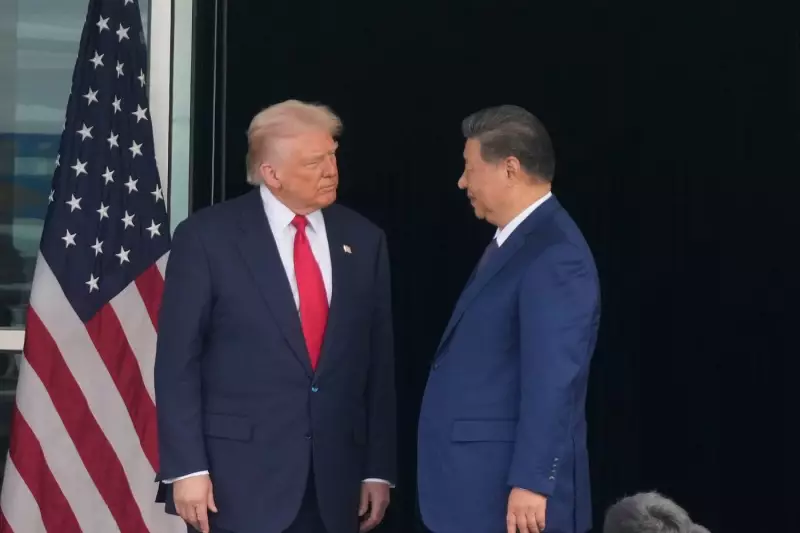
In a significant diplomatic breakthrough, the United States and China have reached a comprehensive trade agreement that experts say is effectively repairing the economic damage caused by years of self-inflicted trade hostilities.
The Costly Trade War Legacy
The recently announced deal comes after a prolonged period of escalating tariffs that many economists described as mutually destructive. What began as protectionist measures quickly evolved into a full-scale trade conflict that disrupted global supply chains, increased costs for consumers, and created uncertainty for businesses on both sides of the Pacific.
"We're essentially undoing the damage from a war that nobody won," explained one trade analyst familiar with the negotiations. "The previous approach hurt American farmers, manufacturers, and consumers just as much as it impacted Chinese exporters."
Key Components of the New Agreement
The breakthrough agreement addresses several critical areas that had become flashpoints in the trade relationship:
- Tariff Reductions: Both nations have committed to rolling back punitive tariffs on billions of dollars worth of goods
- Market Access: Improved access for American agricultural products and energy exports to Chinese markets
- Intellectual Property: Enhanced protections for patents and technological innovations
- Dispute Resolution: Establishment of a transparent mechanism for addressing future trade concerns
Economic Relief on the Horizon
Business leaders and industry groups have welcomed the agreement as a much-needed return to stability. The manufacturing and agricultural sectors, which bore the brunt of retaliatory tariffs, are particularly optimistic about the potential for market recovery.
"This isn't just about reversing tariffs—it's about restoring confidence," noted an international trade specialist. "Companies can now make long-term investment decisions without fearing that their supply chains will be disrupted by the next round of trade measures."
Broader Implications for Global Trade
The U.S.-China détente carries significance beyond the bilateral relationship. As the world's two largest economies, their trade policies inevitably shape global economic trends and influence how other nations approach international commerce.
The resolution suggests a potential shift away from the protectionist tendencies that have characterized recent years toward a more collaborative approach to addressing trade imbalances and market access issues.
While challenges remain in the broader U.S.-China relationship, this trade agreement represents a crucial step toward economic normalization and provides a foundation for more predictable trade relations moving forward.





